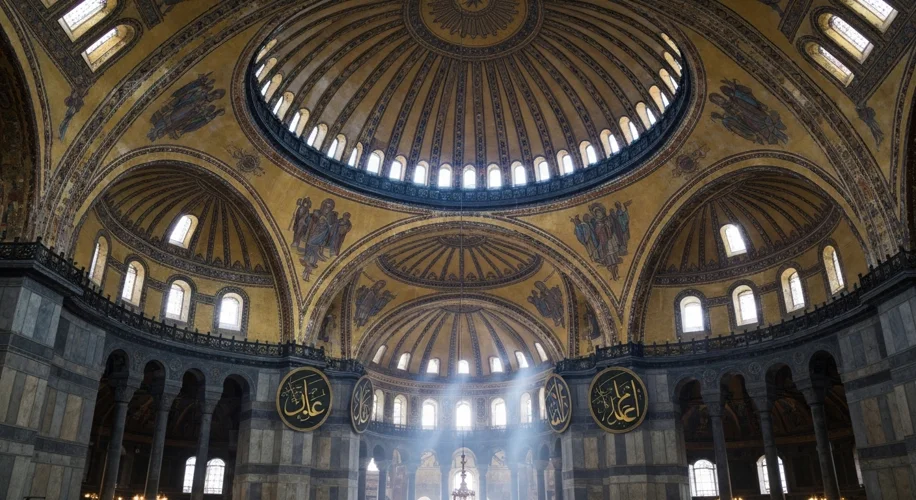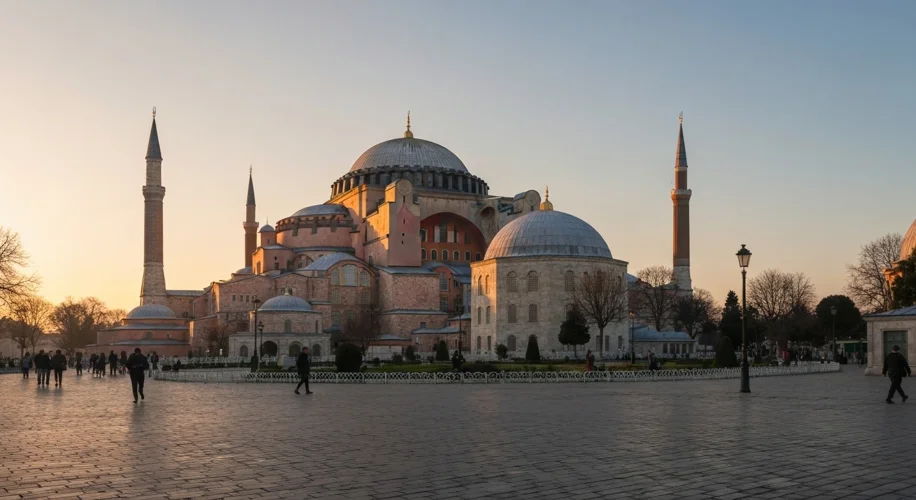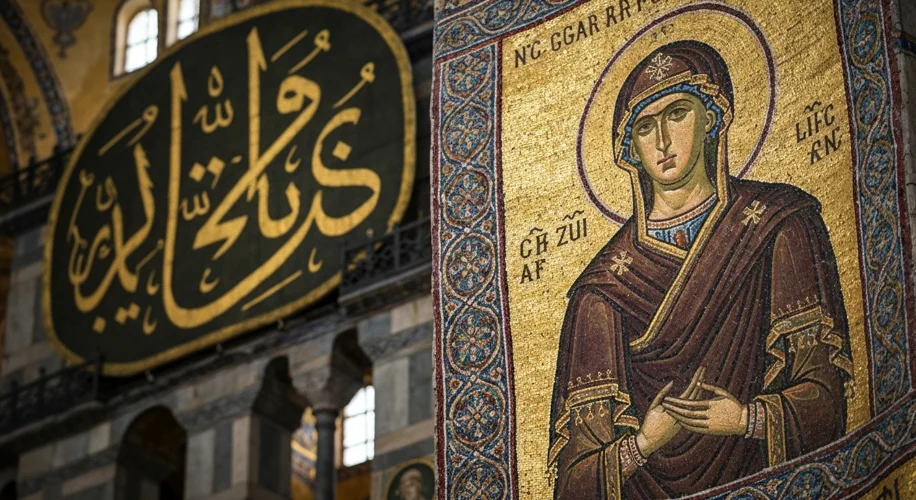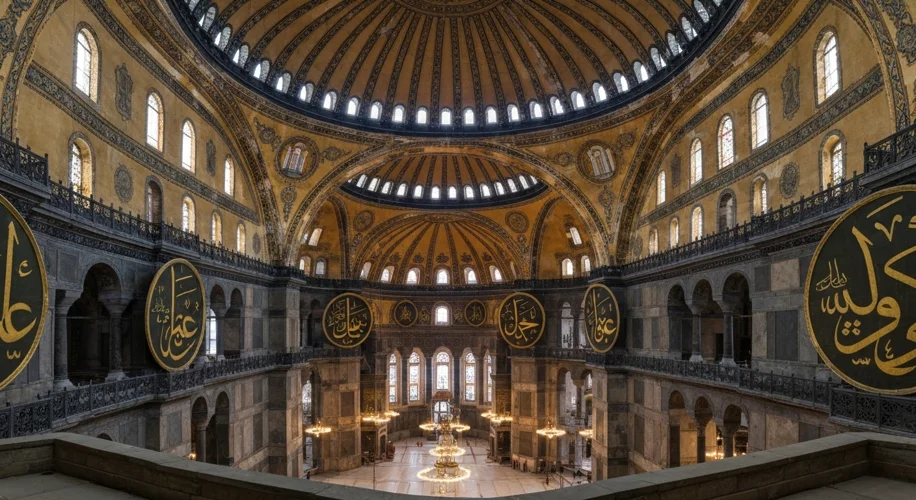Imagine standing in a space so vast, so awe-inspiring, that it has witnessed empires rise and fall, survived earthquakes, and transformed from a vibrant basilica to a majestic mosque, and then a captivating museum, all while retaining its breathtaking grandeur. This is the story of Hagia Sophia, a monument that transcends time and faith, a true testament to human ingenuity and the enduring spirit of civilization.
Our journey begins in the heart of Constantinople, the magnificent capital of the Byzantine Empire. In the year 537 AD, under the ambitious Emperor Justinian I, a structure of unparalleled ambition was unveiled. This was not merely a building; it was a statement. Justinian, seeking to outshine all previous Roman emperors and to create a spiritual center that would cement his legacy, poured immense resources and the minds of the era’s greatest architects, Isidore of Miletus and Anthemius of Tralles, into its creation.
The very construction of Hagia Sophia was a feat of engineering that defied the conventions of its time. Its most striking feature, the massive dome, appears to float weightlessly above the sanctuary. This illusion was achieved through a daring combination of pendentives – triangular, curved supports that transition from a square base to a circular dome – and a revolutionary lightweight mortar mixed with crushed pottery. When completed, the dome spanned an astonishing 108 feet in diameter, a scale that had never before been achieved, allowing light to flood in from its 40 windows, creating an ethereal, celestial effect. This vast expanse of the dome, coupled with the building’s sheer scale, was intended to evoke the heavens themselves, a direct reflection of the divine power Justinian wished to project.

For nearly a thousand years, Hagia Sophia served as the principal patriarchal cathedral of the Eastern Orthodox Church. It was the stage for imperial coronations, grand religious ceremonies, and the very heart of Byzantine spiritual life. The interior was adorned with glittering mosaics, many depicting Christ Pantocrator, the Virgin Mary, and scenes from scripture, each piece meticulously crafted to inspire awe and devotion.
But history is rarely static. In 1453, the world shifted. Constantinople fell to the Ottoman Turks, led by Sultan Mehmed II. The city’s conquest was a momentous event, marking the end of the Byzantine Empire and the dawn of a new era. Mehmed II, recognizing the profound significance and architectural brilliance of Hagia Sophia, immediately ordered its conversion into a mosque. Minarets were added to its exterior, and the stunning Christian mosaics were plastered over or removed, though many were preserved beneath the plaster.

For almost five centuries, Hagia Sophia continued its sacred duty as a mosque, its walls resonating with the calls to prayer and the footsteps of countless worshippers. Islamic calligraphy and medallions were added, further transforming the space while hinting at the layers of history embedded within its very stone.
The 20th century brought another significant transformation. In 1935, under Mustafa Kemal Atatürk, the founder of the Republic of Turkey, Hagia Sophia was secularized and converted into a museum. This decision aimed to position Turkey as a modern, secular nation, a bridge between East and West, and to showcase the monument’s unparalleled historical and artistic value to the world. For decades, it stood as a symbol of Turkey’s rich and complex heritage, attracting millions of visitors who marveled at its unique synthesis of Christian and Islamic art and architecture.

However, the story of Hagia Sophia is not one of simple transitions. In 2020, a decision was made to reclassify it as a mosque once again. This move, while celebrated by some, sparked debate and concern among others, highlighting the enduring power and symbolism of this ancient structure in contemporary geopolitical and cultural landscapes.
Regardless of its current status, Hagia Sophia remains an unparalleled architectural marvel. It stands as a silent witness to the ebb and flow of history, a place where the grandeur of the Byzantine Empire meets the artistry of the Ottoman era, and where the echoes of countless prayers, both Christian and Muslim, continue to resonate. Its enduring legacy is a powerful reminder of the layers of civilization, the resilience of culture, and the profound impact a single structure can have on the human story.

